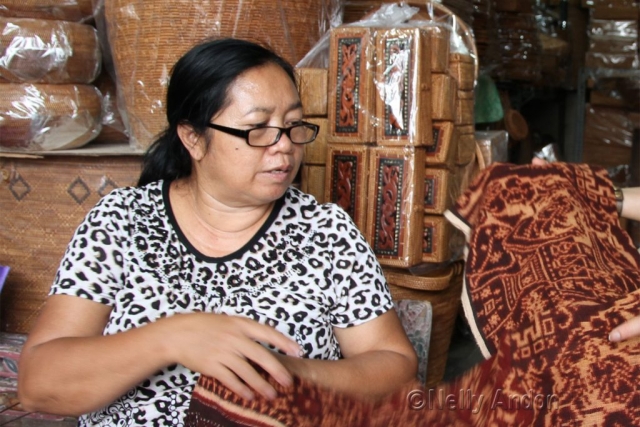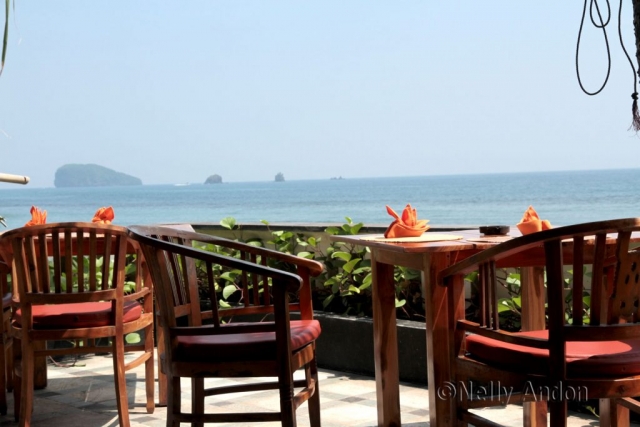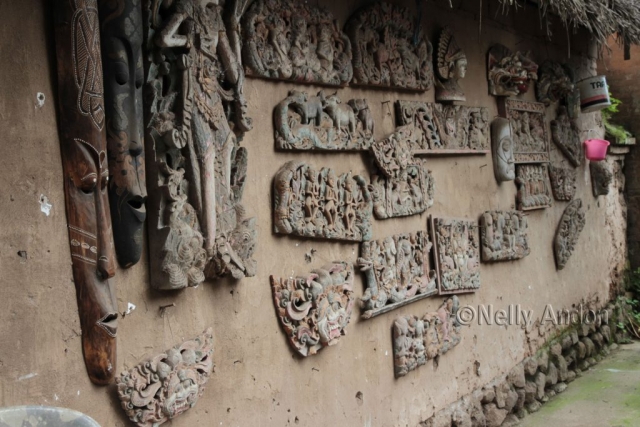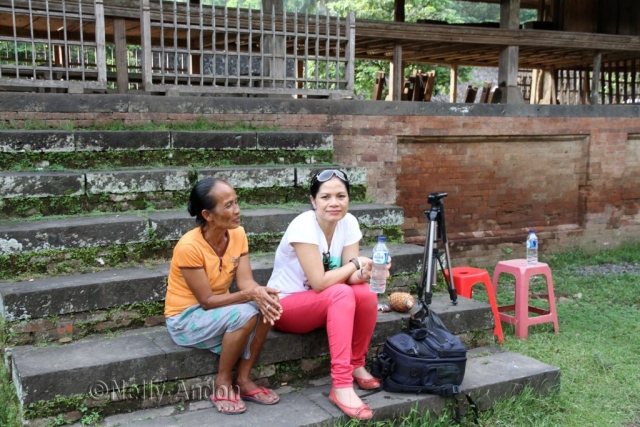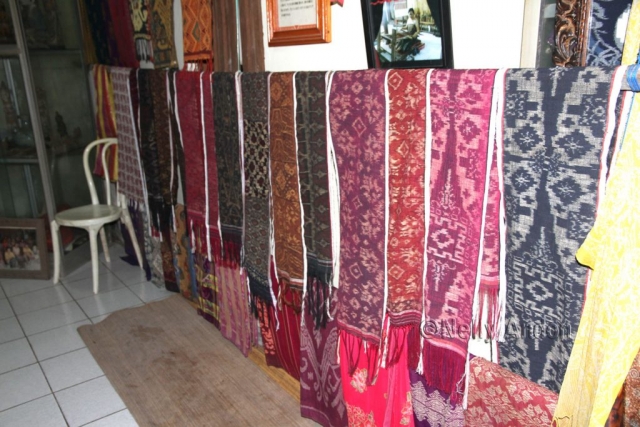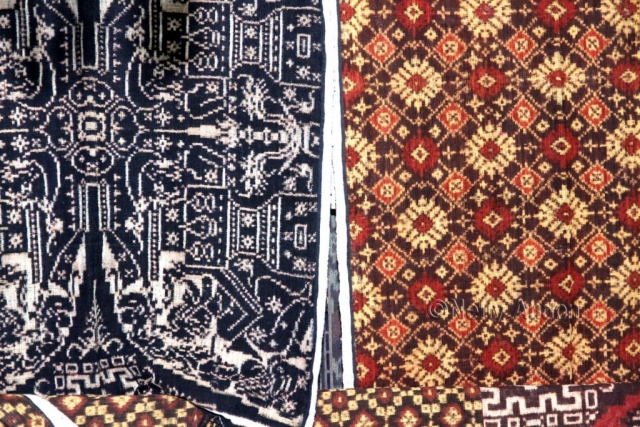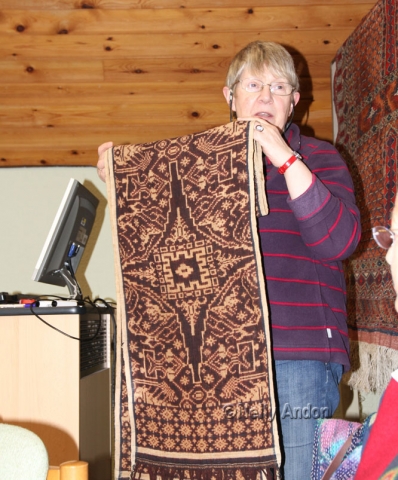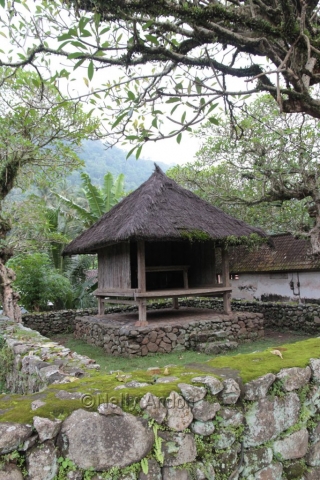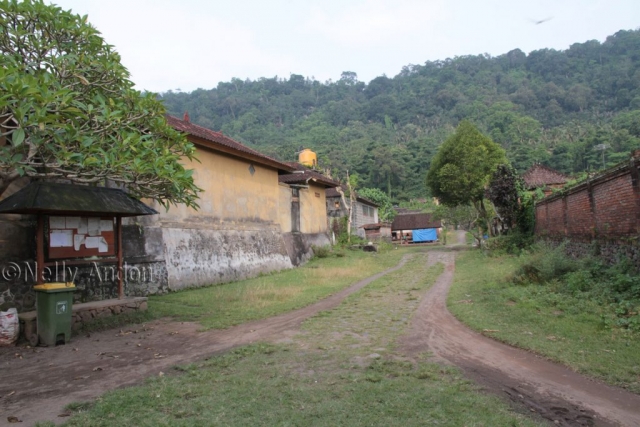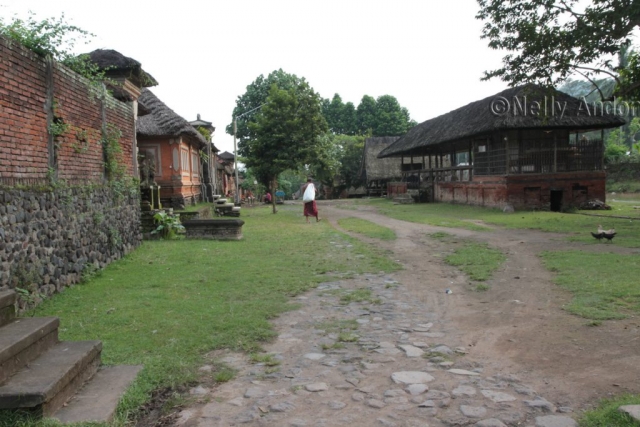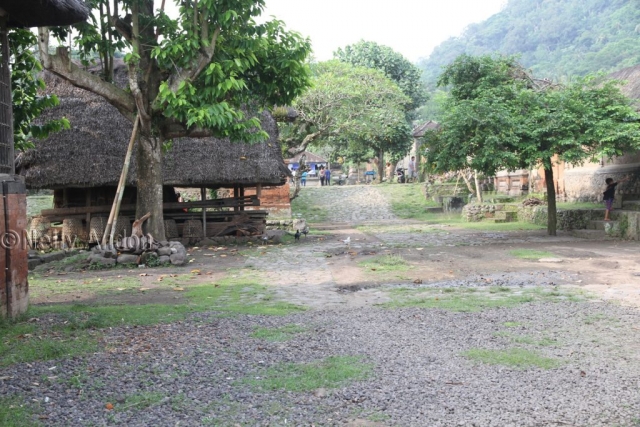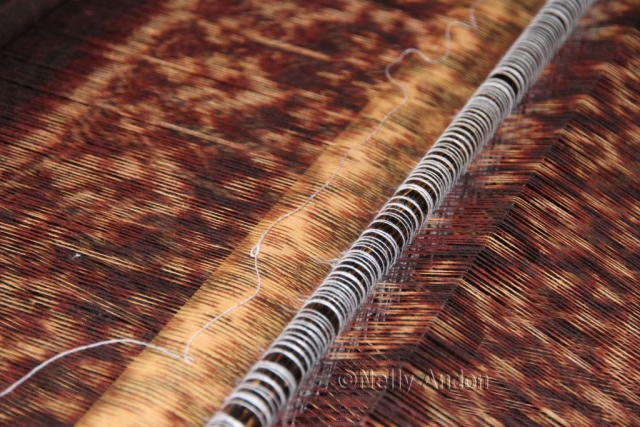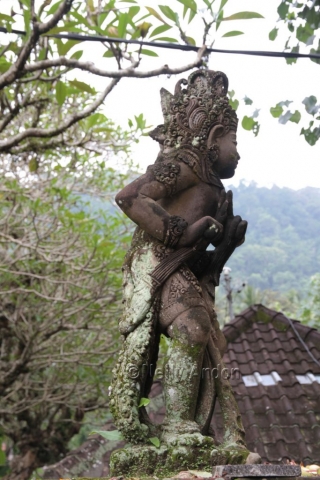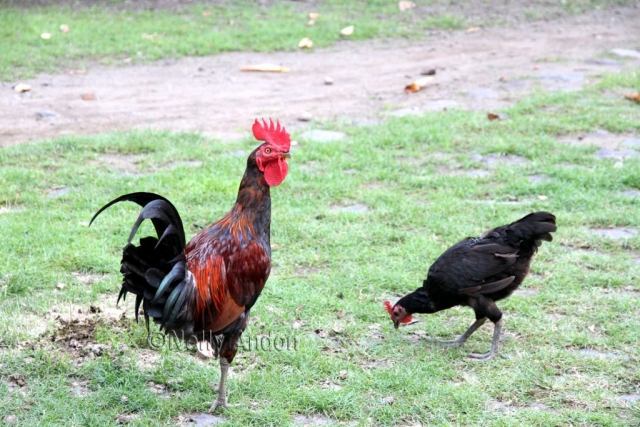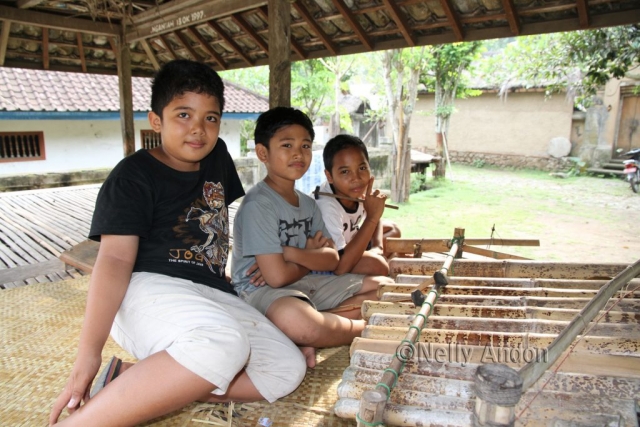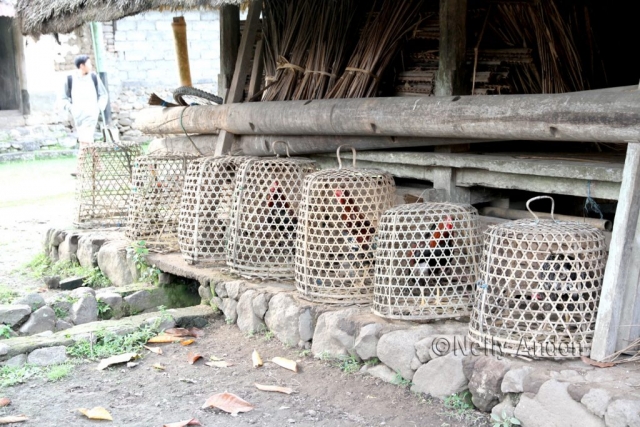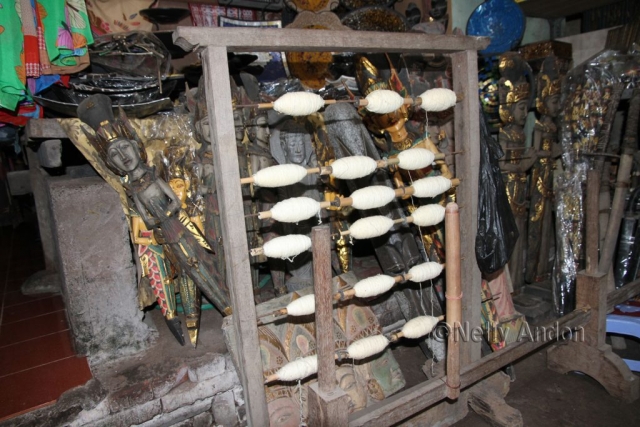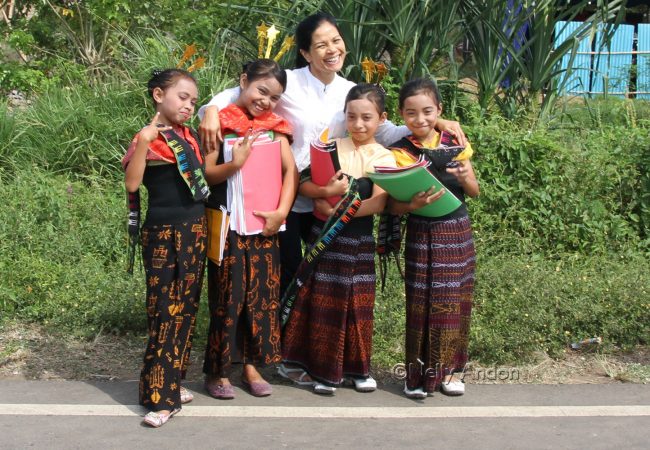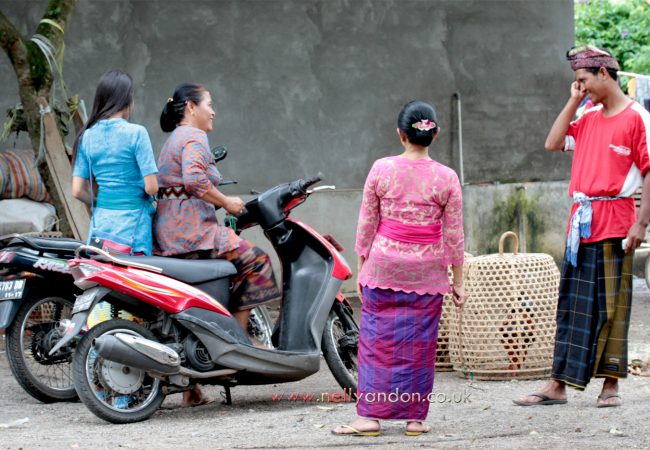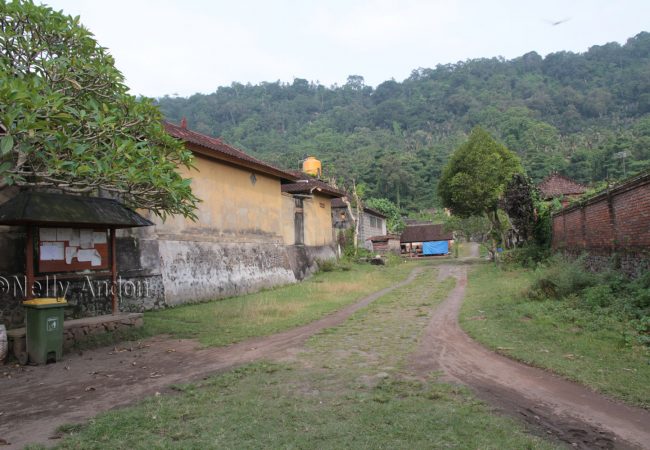
Tenganan, The Aga People’s Home, Bali – 2014
Although Bali is now so extremely different than the little island I first visited in the early 80’s, but I still find the countryside is peaceful and tranquil. I noticed that Bali traffic jam is now so horrendous, I often compare it with the horrible traffic jam in Jakarta, but there is always something so unique about Bali, the people, the culture, the food, the beauty of the landscapes, is really hard not to come back every now and then. In the early 80’s when I first visited Bali, Kuta was just a coconut field, full of cows and green fields, but today, it is just full of unwanted massage parlours and miserable eateries that shouldn’t really be there. It is so sad that Bali never stops growing, it grows busier and busier every year, not for better things, but the place really has lost a lot of its charms to the commercial world. There are so many things to do here in Bali, so I still come once a year to enjoy the things I enjoy doing, driving around the countryside visiting unspoilt villages.
We headed to Candidasa, a small coastal town on the Eastern coast of Bali. I no longer enjoyed overcrowded beaches or shopping town, so Candidasa is still relatively quiet compared to Kuta, or Ubud, or any similar size Touristy town in Bali. Spent the afternoon enjoying lavish lunch at Lezat restaurant, located just on the shore of Candidasa, overlooking the beautiful blue sea with Lombok on the Horizon. It is also lovely to spend a bit of time shopping around here in the quiet Candidasa, and the prices are just a lot cheaper.

After an enjoyable lunch and shopping at Candidasa, we continued our journey to Tenganan. The village of Tenganan is located not very far from Candidasa, on the Eastern part of the island. It is a unique village, home to the Bali Aga people, apparently true descendants of the original Balinese. The people live here still live by the rules and principles of their old ancestors. To be a Pegringsingan person, you will need to be born here in this village and to retain your status as Pegringsingan, you will need to be married into a member of the clan here in this village. Anyone who decided to marry someone from the outside of the village must then leave the village and would be considered an outsider. In the ancient ritualistic Bali Aga people, they believe that the magical ritual Geringsing cloth was designed by God Indra, they believe is the creator of the 1st human being. The Geringsing cloths, with their double ikat methods, are so famous globally, it has made Tenganan extra special place to visit. The double ikat technique practised in Tenganan is apparently only practised in parts of India, Japan and Indonesia, and in Indonesia, it is confined only to the village of Tenganan, in Bali. There are many different sizes of Geringsing cloth and have many ways to wear them, according to the age and gender of the wearers within the village society and their role in the ceremonies.

My visit here to Tenganan was mainly to feed my curiosity on the Geringsing Cloths and how they are made. I remember the first time I saw the Geringsing cloth was in“show and tell” event by the Oxford Asian Textile Group, which I took part in presenting a 100 years old Ulos ikat woven by my grandmother during her teenage years. On this occasion, the Geringsing cloth was presented by a member of the group, which was lent to the group by the Ashmolean Museum, Oxford.
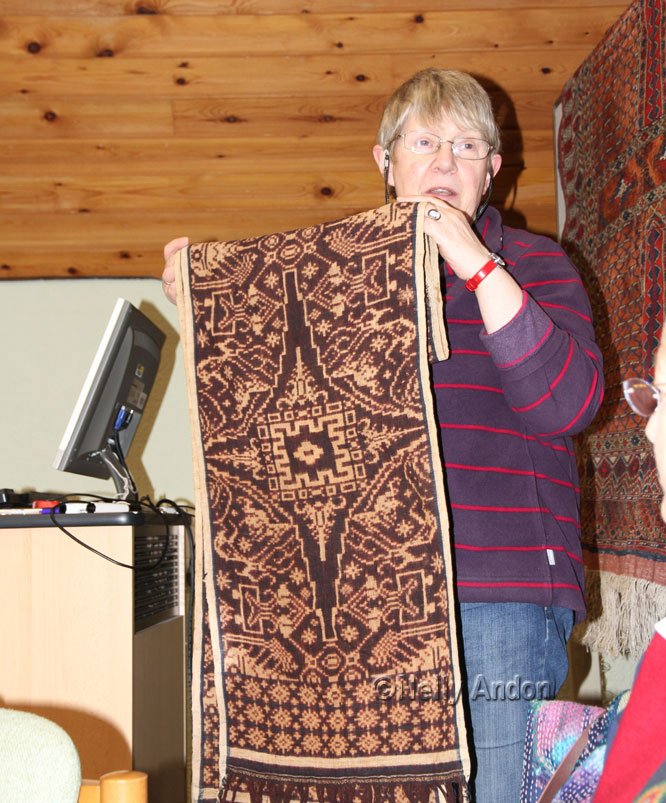
My first encounter with the Geringsing cloth was at an event in Oxford arranged by the Oxford Asian Textile Group (above)
The Geringsing is a very special cloth, is quite different than that of most traditional textiles of Indonesia, both in technique and usage. The most striking and characteristic feature of these clothes is their subtle shades, mostly using maroon red and reddish-brown tone. Some textiles are produced in dark indigo or black indigo on a natural beige colour.
I had a long chat with a few of the weavers and villagers on the day of my visit, allowing me to gather some valuable information on how these textiles are made. The textiles are produced using double ikat technique, means the ikat resist technique are applied to both the warp and weft yarns before weaving. I was able to witness the weaving process which looked extremely complex and time-consuming. A small bamboo stick was used to align the designs from both the warp and weft yarns, resulting in a very slow completion of these magical textiles. The weavers told me that that the dying process can take up to 10 years, to achieve the require shades and could take up 6 months to a year in the weaving process.
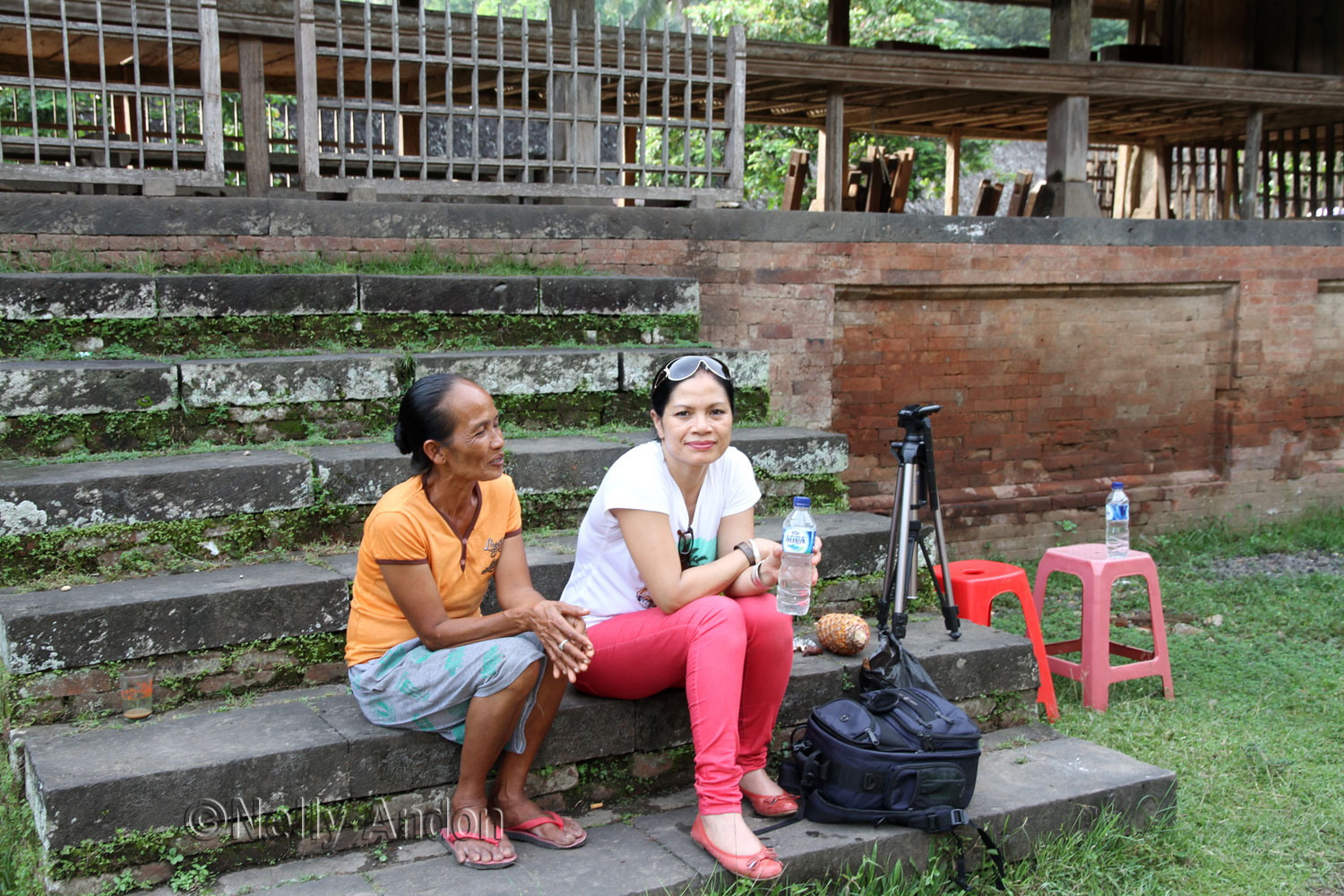
There wasn’t any special ceremonial event during my visit here to Tenganan, so the village was very quiet and peaceful. I met up with a few young boys playing around with their bamboo musical instruments, and they were very happy to demonstrate their musical skills to me.

I must admit, I was always a little disappointed when I visit a very special village like Tenganan, only to find some fake textiles being sold there and claimed to be genuine Indonesian handmade textiles. This horrible culture of “commercialised” Indonesia, has degraded some of those real arts made by real artists. The saga continues!! We left Tenganan with a few answered questions in my mind. I will continue to hunt for more information behind this amazing ceremonial cloths.
If you have any questions related to this blog, please do not hesitate to contact me. Thank you for your visit today. More images from Tenganan on the gallery below.
